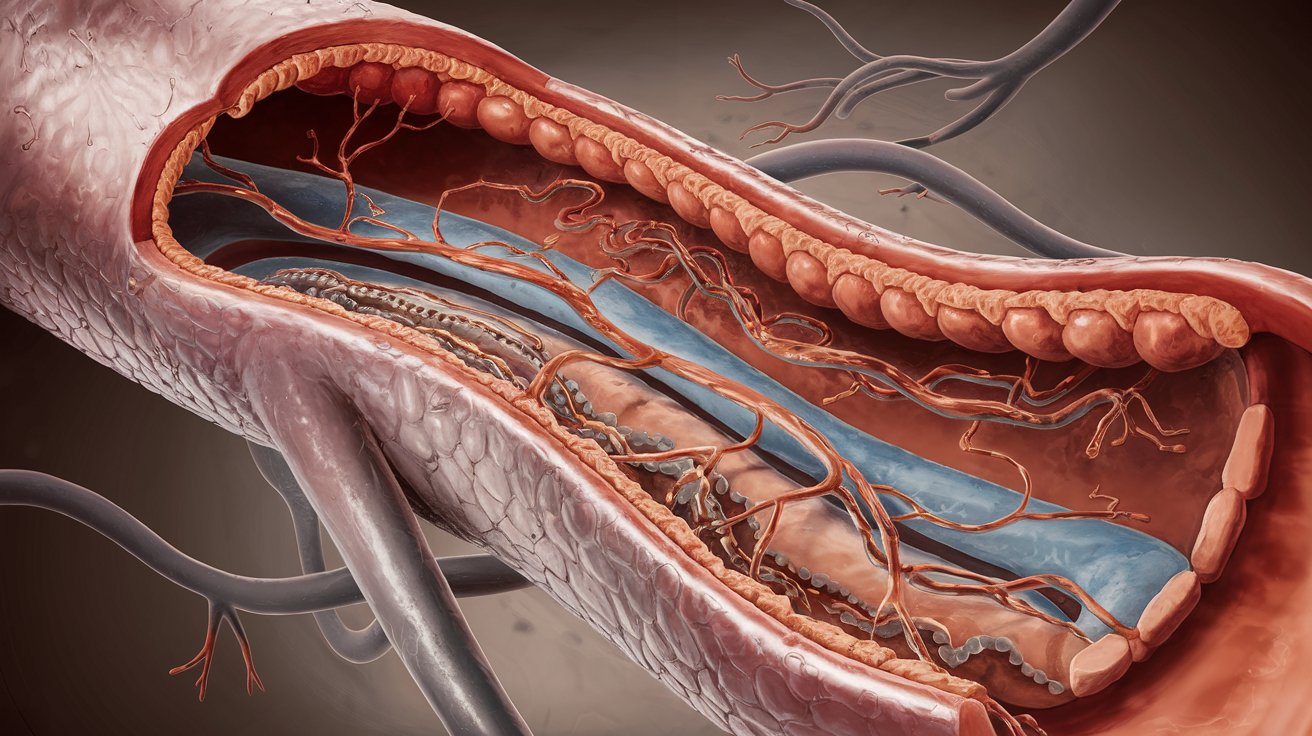
Copper Transport Disease, also known as Menkes Disease, is a rare genetic disorder that affects how the body processes copper. This essential mineral plays a crucial role in the development of the brain, bones, skin, and hair. Menkes Disease typically appears in infancy, leading to severe developmental delays, weak muscle tone, and distinctive kinky hair. The condition arises from mutations in the ATP7A gene, which is responsible for regulating copper levels in the body. Without proper copper transport, various systems in the body fail to function correctly. Understanding this disease can help in early diagnosis and management, potentially improving the quality of life for those affected. Let's dive into 30 intriguing facts about Copper Transport Disease to shed light on its complexities and impact.
Key Takeaways:
- Copper Transport Disease, also known as Menkes Disease, is a rare genetic disorder that affects copper levels in the body, leading to severe developmental issues and health problems. Early diagnosis and treatment are crucial for improving outcomes.
- Copper is essential for the body's development, and Menkes Disease disrupts its distribution, causing widespread damage. Research is ongoing to find better treatments and potential cures, offering hope for affected individuals and their families.
What is Copper Transport Disease?
Copper Transport Disease, also known as Menkes Disease, is a rare genetic disorder affecting copper levels in the body. This condition disrupts the distribution of copper, leading to severe developmental issues and other health problems.
- Menkes Disease is named after Dr. John Menkes, who first described the condition in 1962.
- It is an X-linked recessive disorder, meaning it primarily affects males.
- The disease is caused by mutations in the ATP7A gene, which is responsible for regulating copper levels in the body.
- Symptoms usually appear during infancy, often within the first few months of life.
- Common symptoms include weak muscle tone, seizures, and failure to thrive.
- Affected infants often have distinctive kinky, brittle hair, sometimes referred to as "steely" or "pili torti."
How Does Copper Affect the Body?
Copper is essential for various bodily functions, including the development of the brain, bones, and connective tissues. Menkes Disease disrupts these processes, leading to numerous health issues.
- Copper is vital for the formation of red blood cells and the maintenance of nerve cells.
- It plays a crucial role in the production of collagen, which is important for skin, bones, and connective tissue.
- Copper deficiency can lead to anemia, weakened immune function, and osteoporosis.
- In Menkes Disease, copper accumulates in some tissues while being deficient in others, causing widespread damage.
- The brain is particularly affected, leading to severe neurological symptoms.
- Proper copper transport is essential for the activity of enzymes involved in energy production and antioxidant defense.
Diagnosis and Treatment
Diagnosing and treating Menkes Disease can be challenging due to its rarity and the complexity of symptoms. Early detection is crucial for improving outcomes.
- Diagnosis often involves genetic testing to identify mutations in the ATP7A gene.
- Blood tests can reveal low levels of copper and ceruloplasmin, a protein that carries copper in the blood.
- Early treatment with copper injections can improve outcomes, especially if started within the first few weeks of life.
- Despite treatment, many children with Menkes Disease experience severe developmental delays and health issues.
- Physical therapy and supportive care are essential for managing symptoms and improving quality of life.
- Research is ongoing to find more effective treatments and potential cures for Menkes Disease.
Living with Menkes Disease
Living with Menkes Disease presents numerous challenges for affected individuals and their families. Support and resources are crucial for managing the condition.
- Many children with Menkes Disease require specialized medical care and frequent hospital visits.
- Families often need to adapt their homes to accommodate the needs of a child with severe disabilities.
- Support groups and organizations can provide valuable resources and emotional support for families.
- Advances in genetic research offer hope for better treatments and potential cures in the future.
- Awareness and education about Menkes Disease are essential for early diagnosis and intervention.
- Despite the challenges, many families find ways to create fulfilling lives for their children with Menkes Disease.
Research and Future Directions
Ongoing research aims to improve our understanding of Menkes Disease and develop more effective treatments. Scientists are exploring various approaches to address the underlying genetic causes.
- Gene therapy is being investigated as a potential treatment for Menkes Disease.
- Researchers are studying the role of copper transport in other neurological disorders.
- Animal models, such as mice, are used to study the disease and test new treatments.
- Clinical trials are essential for evaluating the safety and effectiveness of new therapies.
- Collaboration between researchers, clinicians, and patient advocacy groups is crucial for advancing knowledge and treatment options.
- Increased funding and awareness can accelerate research efforts and improve outcomes for those affected by Menkes Disease.
Final Thoughts on Copper Transport Disease
Copper Transport Disease, also known as Menkes Disease, is a rare genetic disorder affecting copper levels in the body. This condition leads to severe developmental issues, weak muscle tone, and distinctive kinky hair. Early diagnosis and treatment can improve outcomes, but there's no cure yet. Understanding the genetic basis and symptoms helps in managing the disease better. Researchers continue to explore new treatments, offering hope for those affected. Awareness and education about this condition are crucial for early intervention and support. Families dealing with Menkes Disease need comprehensive care and resources to navigate the challenges. By spreading knowledge, we can contribute to better support systems and advancements in treatment. Stay informed and support ongoing research efforts to make a difference in the lives of those impacted by Copper Transport Disease.
Frequently Asked Questions
Was this page helpful?
Our commitment to delivering trustworthy and engaging content is at the heart of what we do. Each fact on our site is contributed by real users like you, bringing a wealth of diverse insights and information. To ensure the highest standards of accuracy and reliability, our dedicated editors meticulously review each submission. This process guarantees that the facts we share are not only fascinating but also credible. Trust in our commitment to quality and authenticity as you explore and learn with us.


